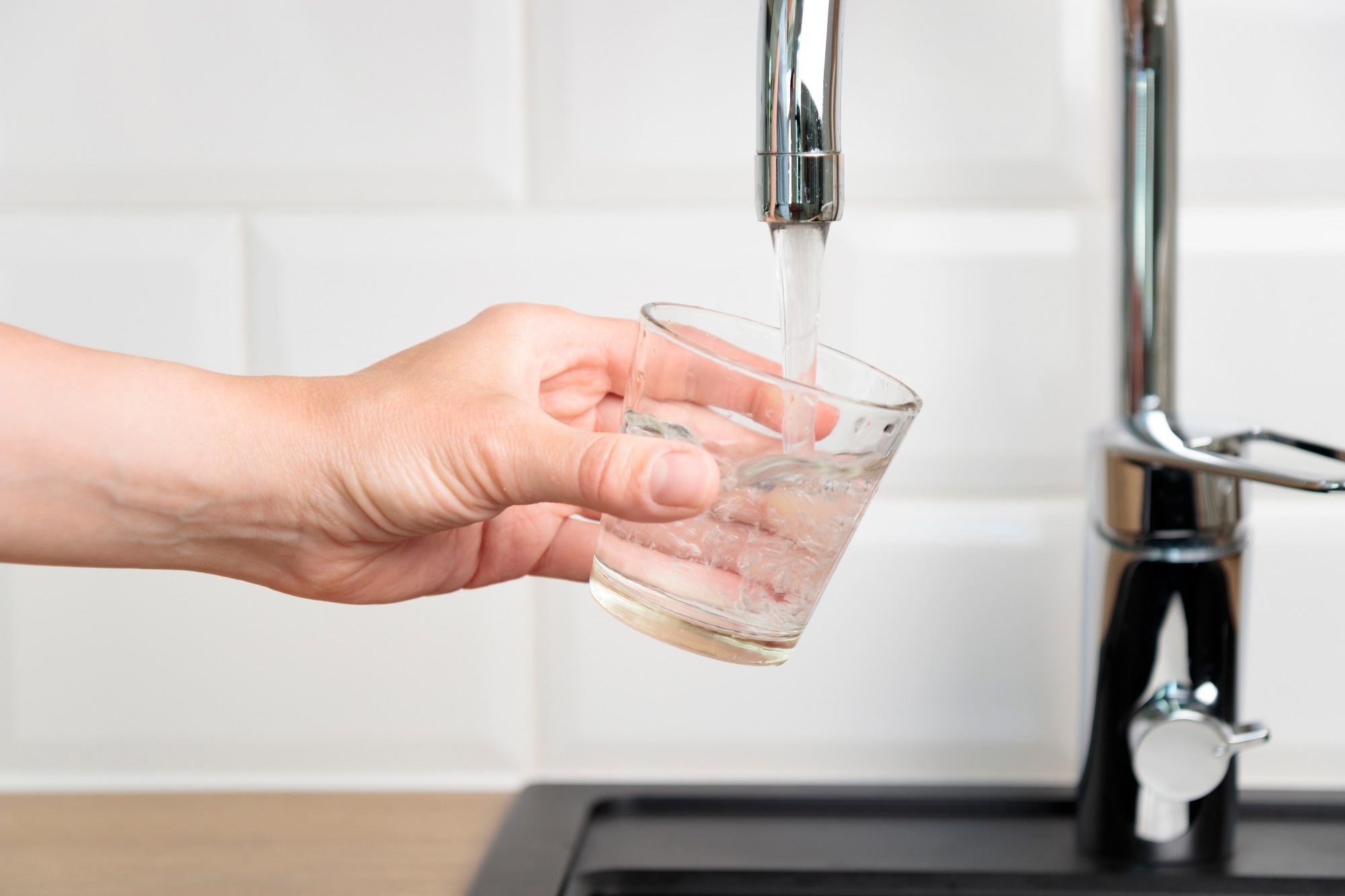Reviewed by Lexie CornerFeb 27 2025
Devin Shaffer, an Assistant Professor of Civil and Environmental Engineering at the University of Houston, developed a membrane that allows water to flow up to eight times faster while still blocking salt. This advancement improves the efficiency of desalination. The study was published in ACS Applied Materials and Interfaces.

Image Credit: Alena Matrosova/Shutterstock.com
Polymeric desalination membranes are ultra-thin polyamide filters that convert salty water into fresh, drinkable water. These membranes are essential in desalination, purifying both brackish and seawater for widespread use.
Shaffer’s research examines the tradeoff between water permeability (the amount of water that passes through) and selectivity (how effectively the membrane blocks salt and other impurities). Increasing water flow can also allow more salt to pass through, reducing efficiency. On the other hand, improving salt rejection can slow water flow, making processes like reverse osmosis and nanofiltration less efficient and more expensive.
We have developed a new type of ultrathin polyamide membrane with a unique, contorted structure that creates more open spaces, or enhanced free volume, within the material. These new ultrathin contorted membranes break that trade-off by letting water through much faster without sacrificing salt rejection, making desalination systems more efficient and cost-effective.
Devin Shaffer, Assistant Professor, Civil and Environmental Engineering, University of Houston
Shaffer stated that these advancements could ultimately make desalination faster and more energy-efficient, reducing costs and improving access to clean water.
Journal Reference:
Shaligram, S. et al. (2025) Highly Permselective Contorted Polyamide Desalination Membranes with Enhanced Free Volume Fabricated by mLbL Assembly. ACS Applied Materials & Interfaces. doi.org/10.1021/acsami.4c14332.